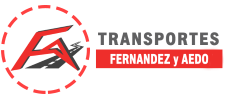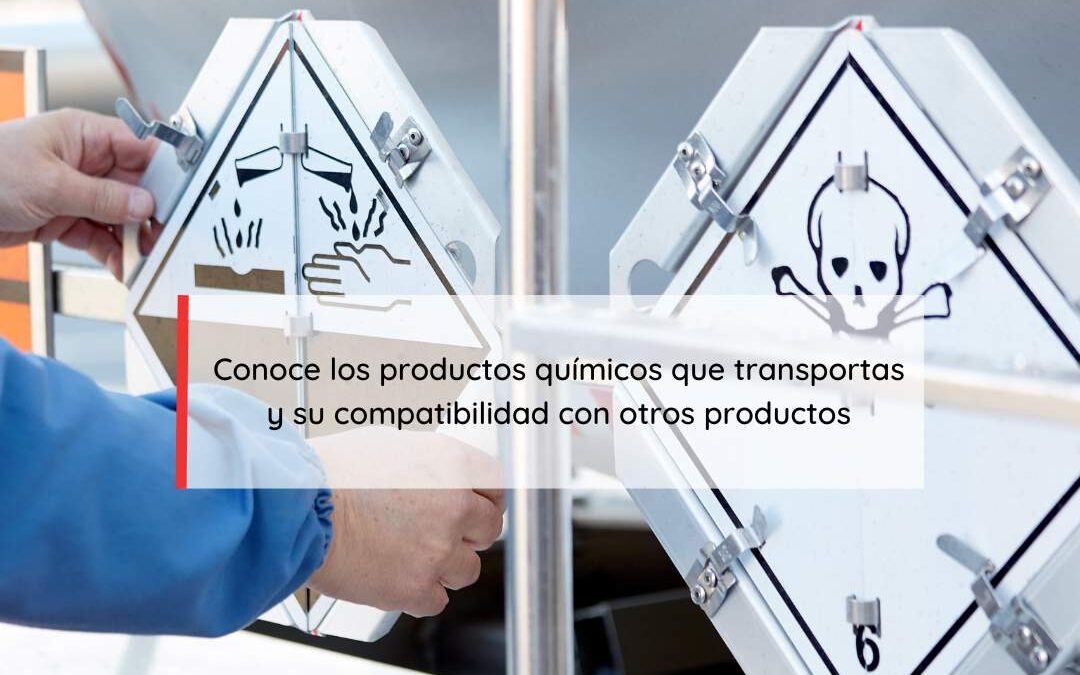The transport of chemicals by road tanker is a highly complex and risky logistical operation, given the sensitive nature of the materials involved and their potential impact on both human health and the environment. It is essential that those involved in this activity possess a thorough knowledge of the chemicals being transported, as well as the regulations and safety protocols in place.
Classification and associated risks:
The classification of chemicals for transport is largely governed by guidelines established by the International Maritime Organisation (IMO), which identifies and categorises chemicals according to their risk to safety and public health.
It is crucial to note that the numbering assigned to classes of dangerous goods by IMO does not necessarily reflect the magnitude of the associated risk. For example, a substance classified as Class 1 (explosives) may pose a similar risk to one classified as Class 7 (radioactive materials).
Labelling:
1. Explosives (Class 1): Includes a variety of materials with a risk of explosion, projection or fire. They are identified by a bomb symbol in black on an orange background, accompanied by a number 1. Examples include bombs, rockets and fireworks.
2. Gases (Class 2): These are subdivided into asphyxiating, flammable or toxic gases. Labels vary according to their properties and may show a flame in different colours or a skull symbol.
3. Flammable liquids (Class 3): Includes substances such as turpentine, petrol or paint, identified by a flame symbol on a red background.
4. Flammable solids (Class 4): Includes explosive, flammable or reactive materials, with labels that may show a flame on a blue background or red and white stripes.
5. Organic oxides and peroxides (Class 5): These liquids or solids promote combustion and the development of fires. Their labels show a flame on a black circle or a large flame on a red and yellow background.
6. Toxic (Class 6): Includes toxic or infectious substances, identified by white labels with a skull or three crescent moons.
7. Radioactive materials (Class 7): Contains materials such as uranium or thorium, with labels that include the word ‘radioactive’.
8. Corrosives (Class 8): Substances that can cause harm on contact with the skin, such as sulphuric acid or sodium hypochlorite. They are identified by labels showing liquid being poured onto a hand and metal in black and white.
9. Miscellaneous dangerous articles (Class 9): Includes a variety of materials such as dioxins, lithium batteries or dry ice, identified by white labels with black vertical stripes.
If you would like more information about dangerous goods transport or any of our services, please do not hesitate to contact us.

